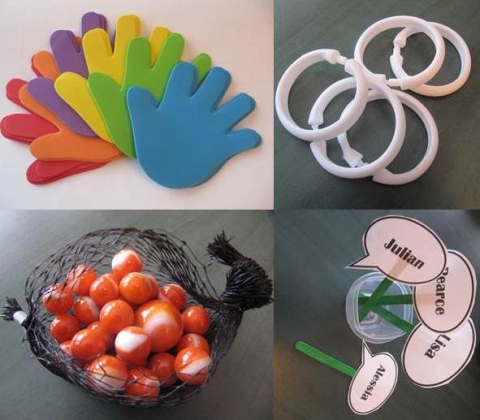Question Filter

Question filter (BrianAJackson, iStockphoto)

Question filter (BrianAJackson, iStockphoto)
Format
How does this align with my curriculum?
PE
9
Science Grade 9 (revised 2018)
Decisions and Perspectives
PE
10
Science 421A (2019)
Decisions and Perspectives
PE
12
Chemistry 621A (draft 2021)
Decisions and Perspectives DP1
PE
11
Chemistry 521A (draft 2021)
Decisions and Perspectives DP1
Question Filter is a strategy that is used to assist students in developing the skills of questioning, sorting & classifying and analyzing & interpreting in order to develop their understanding of the characteristics of objects, places and events.
Why use it?
- To help students use the skill of questioning to identify objects, events and places.
- To help students think logically and systematically about the characteristics of objects, events and places.
- To help students classify objects according to their characteristics
Tips for success
- Encourage students to think broadly at first (e.g., class of animals, continent, time of year), and then gradually narrow their focus based on the responses, rather than asking specific questions at the start.
- Encourage students to base their questions on previous answers.
- Assist students if they are unfamiliar with any of the objects/events/places.
How do I use it?
- Before using this strategy, introduce its purpose to the students and model appropriate behaviours such as taking turns and listening respectfully and intentionally to others.
- Create a set of images related to the concept of your choice. There needs to be enough images for one per student. You will also need a roll of tape.
- Tape one image to the back of each student. Ensure that students do not see the images that are affixed to their backs and do not tell anyone about the images they can see.
- Have students form pair groups.
- To begin, one student in each pair (student B) looks at the image on his/her partner’s back (student A). Then student A asks student B a question about the object. The question must be of a type that can only elicit a “yes” or “no” response.
- The process is then repeated by student A, who looks at the image on student B’s back as student B asks a question of Student A.
- The process is repeated until both students have successfully identified the objects on their own backs.
- Encourage students to be truthful and accurate in their answers as this is a cooperative rather than a competitive strategy.
Variations
- Students could draw images of the objects, rather than using photographs or clipart of the objects.
- Students could circulate around the room and ask each question of a different student.
- Have students use two sets of the images to create a tabletop game along the lines of “Guess Who.”
- Students could record the questions and answers on paper as they go along. Afterwards, this could be made into dichotomous tree diagram.
- Put numbers instead of images on students’ backs, then have them ask “What’s my number?” Students could ask questions to determine parameters for their number (e.g., “Am I bigger than 10?” “Am I smaller than 30?”).
Related Skills
